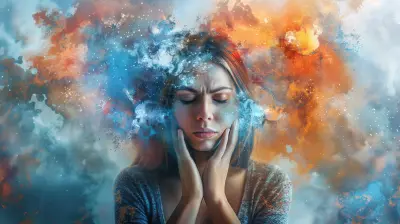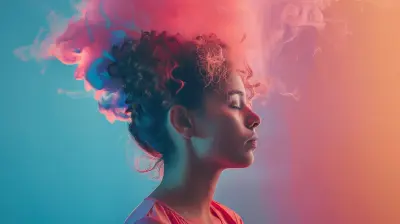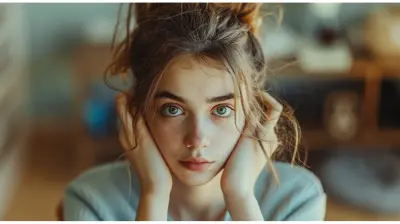The Connection Between Creativity and Mental Health in Teens
2 July 2025
Let’s face it—being a teenager is no walk in the park. Between juggling school, social lives, family pressure, hormones, and figuring out who they are, teens are in a constant whirlwind. But here’s something fascinating: creativity might be one of the most powerful tools teens have for navigating that chaos. And no, we’re not just talking about painting or writing poetry. We're diving into how creativity and mental health are deeply connected, especially during those emotionally charged teenage years.
In this article, we’re going to unpack why creativity plays such a crucial role in a teen’s mental wellness, how it can help prevent or manage mental health issues, and how parents, teachers, and even teens themselves can tap into that creative energy for better emotional resilience.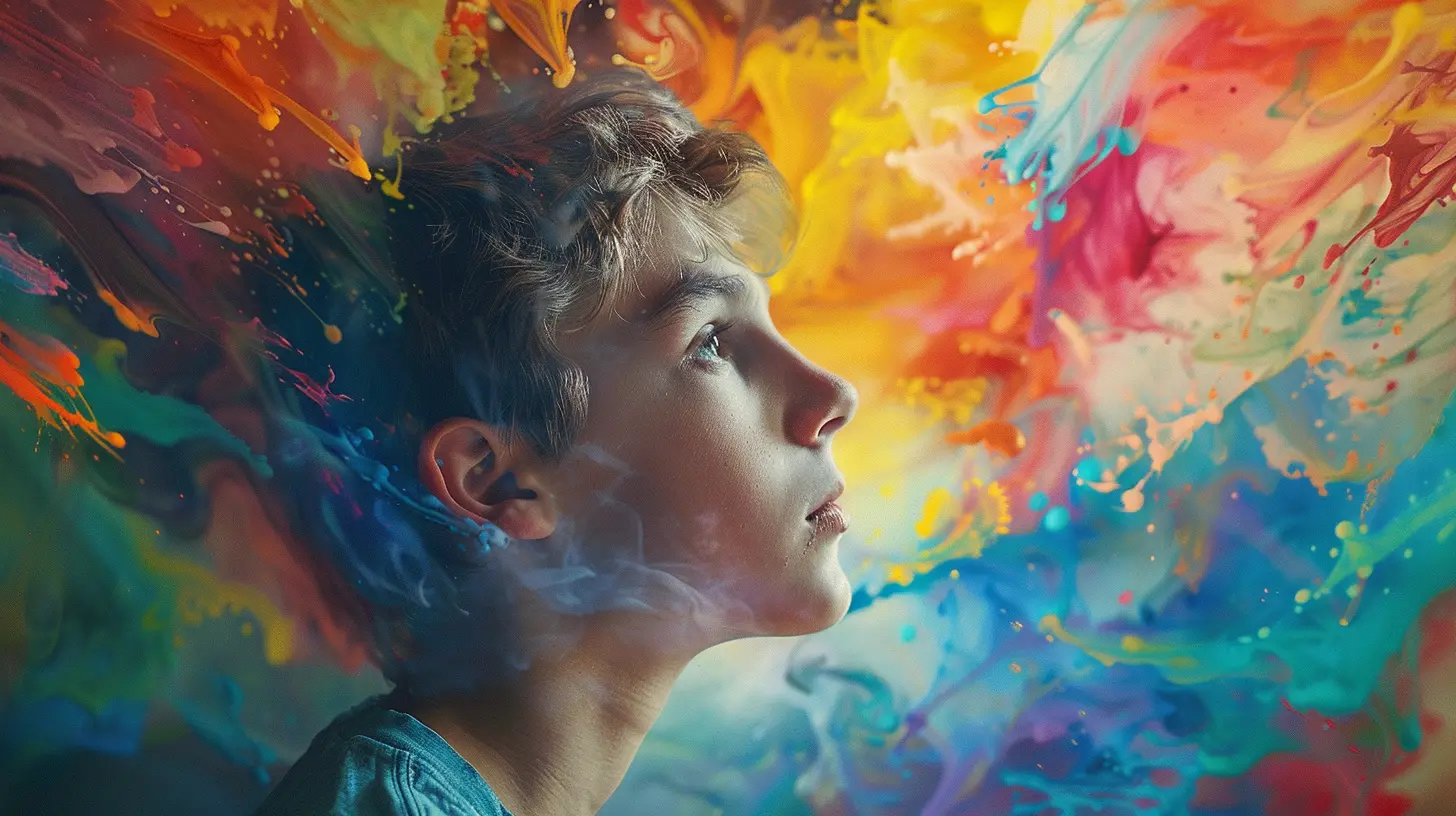
What’s Really Going On in a Teen’s Brain?
Before we dive into the creative side of things, let’s zoom in on the teenage brain for a second. Imagine a construction zone with traffic going every which way—horns blaring, orange cones everywhere—that’s essentially what’s happening inside a teenager’s mind.During adolescence, the brain is literally being rewired. The prefrontal cortex, which is responsible for decision-making, planning, and impulse control, is still under construction. Meanwhile, the emotional center (aka the amygdala) is in overdrive. This often leaves teens battling mood swings, anxiety, stress, and sometimes even depression.
So, where does creativity fit into all this?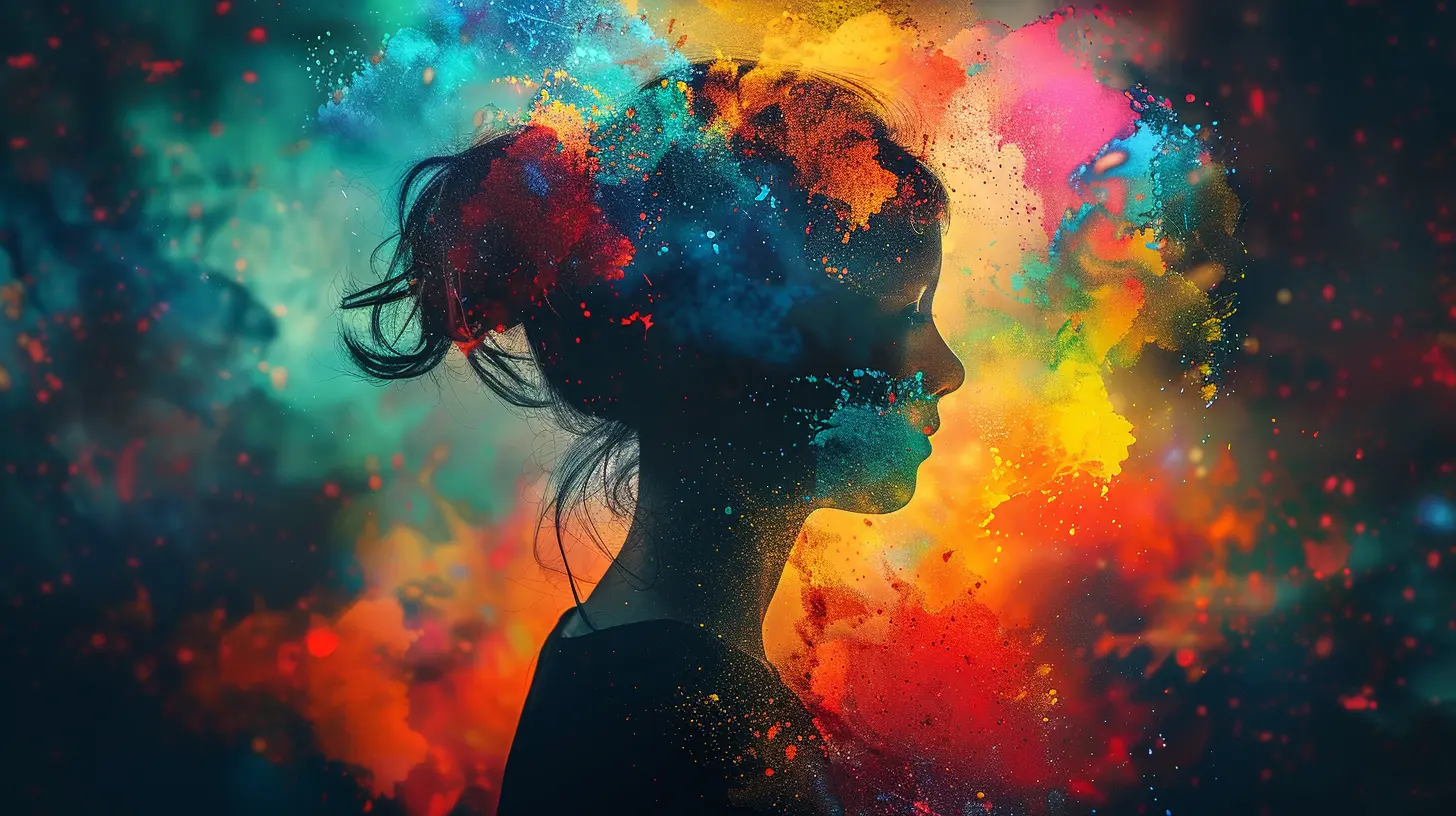
The Link Between Creativity and Emotional Expression
Creativity isn't just about being artsy. It’s about expressing yourself in ways that words sometimes can’t capture. For teens, who often struggle to articulate their emotions, creative outlets offer a safe and powerful way to process feelings.Think about it. Ever listened to a song that perfectly described how you were feeling? Or watched a film that hit you right in the feels? That’s the magic of creativity—it bridges the gap between experience and expression.
Creative Expression Helps Teens:
- Release emotional tension they might not know how to talk about- Understand their own feelings by exploring them in a non-verbal way
- Build confidence through the act of creating something meaningful
- Develop empathy by exploring different perspectives through art, writing, or performance
When teens pour their emotions into something creative—like songwriting, painting, or even designing a video game—they’re not just “doing art.” They’re healing.
Creativity and Mental Health: A Two-Way Street
Here’s an interesting twist: while creativity can support mental health, mental health challenges can also fuel creativity. Some of the most iconic artists, musicians, and writers struggled with mental health issues. But they transformed that struggle into something beautiful and relatable.Now, this doesn’t mean that mental illness is a requirement for creativity (not even close). But the emotional depth that often comes with mental health struggles can sometimes inspire profound creative work.
This Two-Way Connection Means:
- Teenagers with anxiety, depression, or ADHD might naturally lean into creativity as a coping mechanism- Creative teens might be more sensitive or introspective, which can make them more vulnerable to emotional stress
- Fostering creativity can be both preventative and therapeutic when it comes to mental health issues
So, instead of seeing creativity as just a hobby, what if we started seeing it as a mental health tool?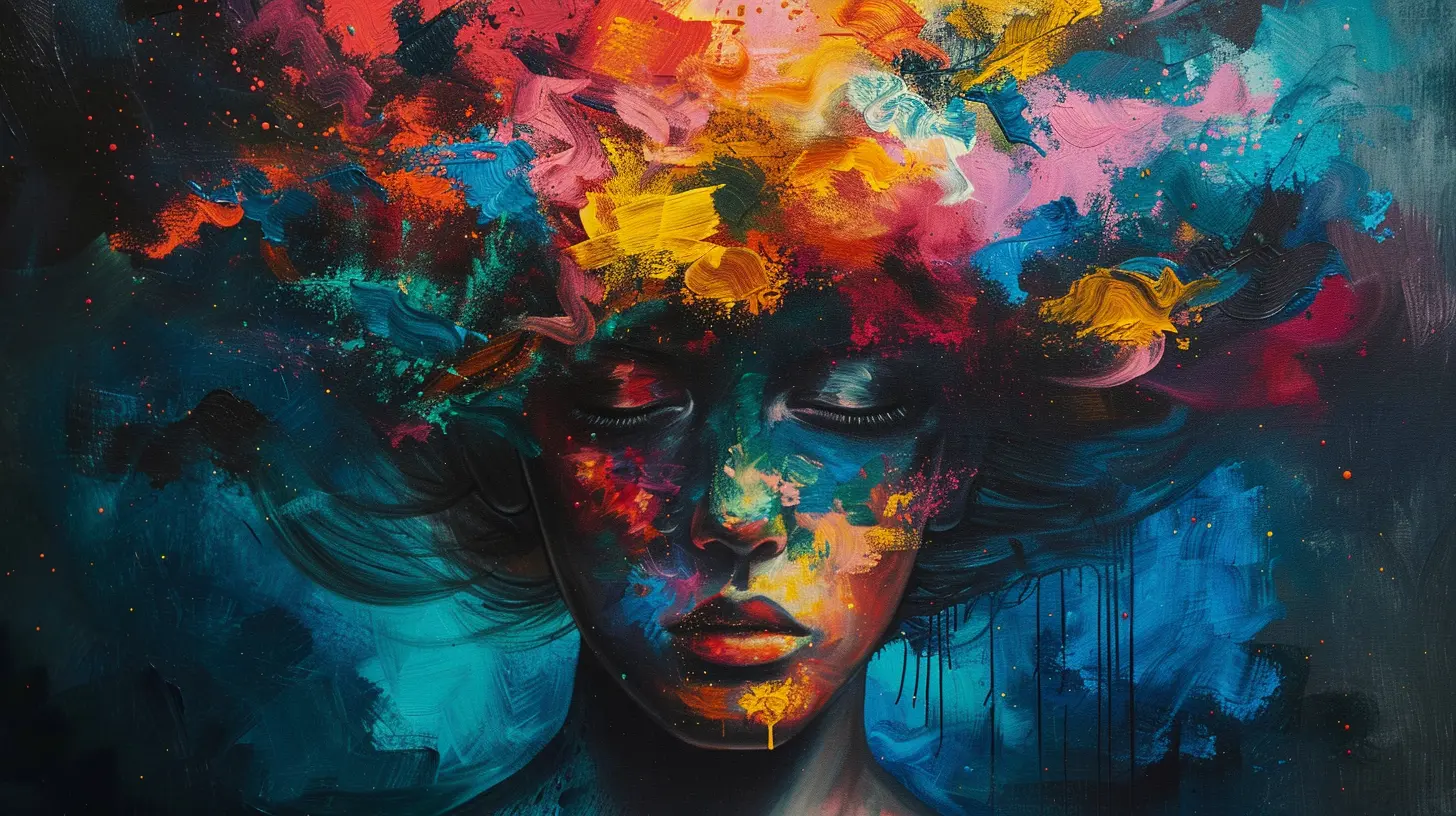
The Science Behind It: How Creativity Impacts the Brain
Let’s get a little nerdy here (but in a fun way). Studies in neuroscience show that engaging in creative activities lights up the brain like a fireworks display.How Creativity Affects the Brain:
- Boosts dopamine – That feel-good chemical that makes you feel relaxed and happy? Yeah, creativity cranks that up.- Reduces cortisol – This is the stress hormone, and creative activities like drawing or journaling have been shown to lower it.
- Activates the default mode network – This part of the brain is linked to introspection and imagination, which helps with emotional processing and self-reflection.
In short: when teens create, their brains are doing serious emotional work. It’s like therapy without the couch.
Real Talk: The Pressure to Be Perfect
Here’s the thing that sucks: we live in a world that often values performance over process. Teens are under insane pressure—to get good grades, look a certain way, be popular, please their parents, and plan their entire future. Yikes!Creativity offers an escape from all that. In a creative space, there are no wrong answers. You can mess up, try again, take risks, be weird—and no one’s grading you.
That freedom matters. When teens feel safe to experiment and express themselves, they let go of perfectionism. And letting go of perfectionism? That’s a shortcut to better mental health.
Social Media: Friend or Foe?
Now here's a mixed bag. Social media can be a great platform for teens to share their creativity. TikTok dances, Instagram art pages, YouTube vlogs—it’s a whole new world of digital self-expression.But let’s not ignore the dark side. Social media can also trigger comparison, pressure, and anxiety. If a teen’s creativity becomes all about getting likes or going viral, the mental health benefits vanish.
The Balance?
- Encourage authentic sharing over performance-driven content- Remind teens they don't need an audience to be creative
- Foster offline creative activities just as much as online ones
How Parents and Educators Can Support Creative Teens
Some teens are naturally creative, while others might need a little nudge. Either way, adults play a big role in creating an environment that nurtures creativity and supports emotional health.Here’s How You Can Help:
- Provide space and materials – A sketchbook, journal, music lessons, whatever they’re into- Validate their feelings – Instead of judging their art, ask what it means to them
- Encourage exploration – Let them try different creative outlets, from dance to digital art
- Be open-minded – Creativity doesn't always look traditional. Coding, gaming, fashion design—these are all valid forms of expression
And most importantly? Let them be themselves.
Signs That Creativity Is Helping (Or Hurting)
Creativity is powerful, but it’s not a cure-all. It’s important to pay attention to how it’s affecting a teen’s mental health.Signs It’s Helping:
- They seem more relaxed and open after creative time- They’re using creative outlets to talk about tough stuff
- Their self-esteem gets a boost from their creative accomplishments
Signs It Might Be Hurting:
- They're obsessing over perfection or external validation- They isolate themselves and lose interest in other activities
- Their creativity is centered around dark or harmful themes without any healthy outlet
If you notice the latter, don't panic—but do start a conversation. Sometimes, their creativity is a cry for help rather than just a passion.
Creative Therapies: A Growing Mental Health Trend
Creative therapy is no longer something found only in art schools and indie movies. Mental health professionals are increasingly incorporating creative techniques into their work with teens.Types of Creative Therapies Include:
- Art Therapy – Drawing, painting, and sculpting to process emotions- Music Therapy – Listening to or creating music to improve mental well-being
- Drama Therapy – Acting out scenarios to explore emotions and behaviors
- Writing Therapy – Journaling or storytelling to gain insight and clarity
These therapies are often less intimidating than traditional talk therapy, especially for teens who struggle to open up.
Practical Ways Teens Can Embrace Creativity
So how can teens bring more creativity into their daily lives without it feeling like “just another thing to do”? Simple steps can make a big impact:- Keep a daily journal or sketchbook
- Join a community club like theater, robotics, or art
- Use apps for digital drawing, music creation, or creative writing
- Try out DIY projects at home (no Pinterest perfection required!)
- Create a vision board to express hopes, goals, or feelings visually
The key? Make it personal. Make it fun. And most of all, make it pressure-free.
Wrapping It All Up
Creativity is more than just a fun pastime—it’s a lifeline for teens grappling with the emotional roller coaster of adolescence. Whether it's doodling in a notebook, writing moody poetry, or remixing a favorite song, these creative acts allow teens to process emotions, build resilience, and feel seen.It’s time we stop thinking of creativity as optional and start recognizing it as essential for teen mental health. And as parents, teachers, or just people who care, we need to nurture that creative spark wherever we can.
After all, in a world that often tells teens to be quiet, color inside the lines, and follow the script, creativity can be their way of saying, “This is me.
all images in this post were generated using AI tools
Category:
Mental Health In AdolescenceAuthor:

Nina Reilly
Discussion
rate this article
1 comments
Niva McKee
Creativity is a powerful outlet, fostering resilience and emotional expression in teens’ mental health.
July 13, 2025 at 4:51 PM

Nina Reilly
Thank you! I completely agree—creativity can be a vital tool for teens to navigate their emotions and build resilience.
